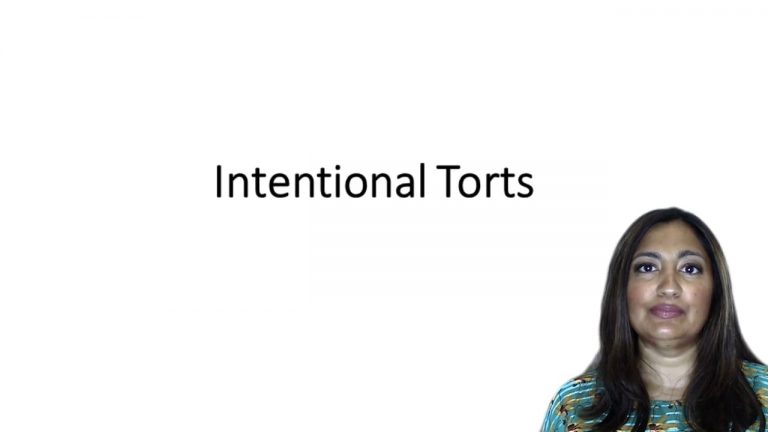SmartBrief
Confirm favorite deletion?
Torts Keyed to Underwood
McQuiggan v. Boy Scouts of America
Citation:
536 A.2d 137 (Md. Ct. App. 1988)Facts
The plaintiff McQuiggan was a member of the Boy Scouts of America. At one boy scout meeting, some of the other boy scouts were playing a game where some of the boys would grab paper clips and attempt to shoot them at other boys with rubber bands. The plaintiff McQuiggan decided to join the game. Prior to his joining the game, no one had shot paper clips at him. Furthermore, the plaintiff knew that the object of the game was to shoot paper clips, therefore, he knew that there was a chance he would be hit with a paper clip. After beginning the game, the plaintiff McQuiggan decided to stop playing. However, the plaintiff did not tell the other boy scouts that he was not playing anymore. As a result, another boy scout struck the plaintiff in the eye with a paper clip.
Only StudyBuddy Pro offers the complete Case Brief Anatomy*
Access the most important case brief elements for optimal case understanding.
*Case Brief Anatomy includes: Brief Prologue, Complete Case Brief, Brief Epilogue
- The Brief Prologue provides necessary case brief introductory information and includes:
Topic:
Identifies the topic of law and where this case fits within your course outline.Parties:
Identifies the cast of characters involved in the case.Procedural Posture & History:
Shares the case history with how lower courts have ruled on the matter.Case Key Terms, Acts, Doctrines, etc.:
A case specific Legal Term Dictionary.Case Doctrines, Acts, Statutes, Amendments and Treatises:
Identifies and Defines Legal Authority used in this case.
- The Case Brief is the complete case summarized and authored in the traditional Law School I.R.A.C. format. The Pro case brief includes:
Brief Facts:
A Synopsis of the Facts of the case.Rule of Law:
Identifies the Legal Principle the Court used in deciding the case.Facts:
What are the factual circumstances that gave rise to the civil or criminal case? What is the relationship of the Parties that are involved in the case.Issue(s):
Lists the Questions of Law that are raised by the Facts of the case.Holding:
Shares the Court's answer to the legal questions raised in the issue.Concurring / Dissenting Opinions:
Includes valuable concurring or dissenting opinions and their key points.Reasoning and Analysis:
Identifies the chain of argument(s) which led the judges to rule as they did.
- The Brief Prologue closes the case brief with important forward-looking discussion and includes:
Policy:
Identifies the Policy if any that has been established by the case.Court Direction:
Shares where the Court went from here for this case.
Topic Resources
Topic Outline
Topic Charts & Notes

 22m 47s
22m 47s